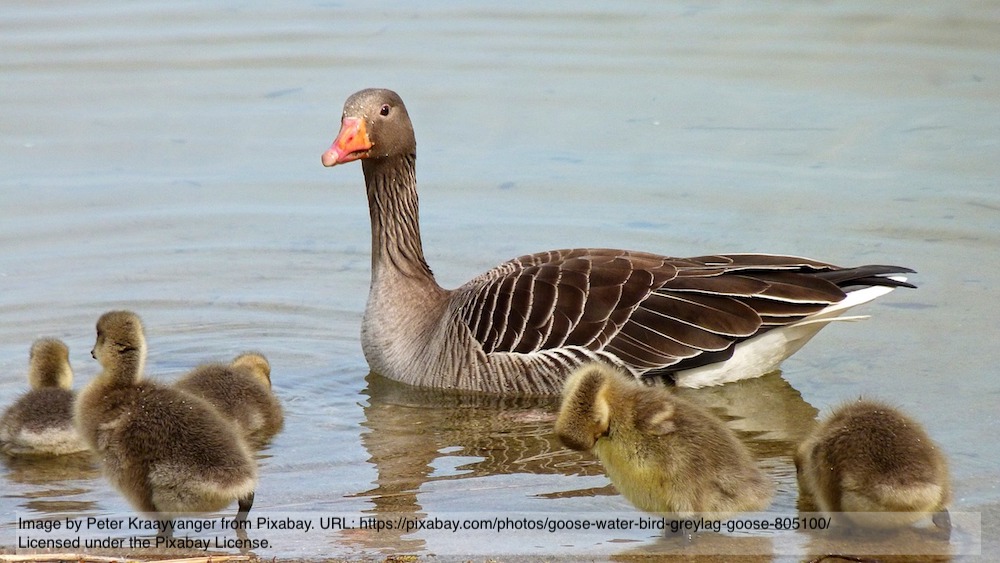Livslång häckningsframgång för grågäss Anser anser häckande i södra Sverige
DOI:
https://doi.org/10.34080/os.v28.19522Abstract
During 1984–2009, 664 adults and 1,944 goslings of Greylag Geese Anser anser were neck-banded in south-west Scania, Sweden. After hatching the area was carefully searched for marked geese, giving more than 100,000 re-sightings. Of those marked as goslings 71% survived the first year, 52% the second year, and the oldest bird recorded was 25 years. About 50% of the survivors were recruited into the breeding population when two to three years old. Of 1,187 geese that survived for at least two years, 25% produced at least one brood of small young, and 18% at least one fledged young. The maximum life-time number of broods with fledged young was nine, but 50% of the geese known to have bred successfully produced only one brood of fledged young. Ten percent of the geese seen with small goslings produced 47% of all fledged young. The maximum number of fledged young for a goose of known age was 32 (age 15 years), but two geese marked as adults and followed for 16 and 17 years produced 40 fledglings each.
Nedladdningar

Downloads
Publicerad
Referera så här
Nummer
Sektion
Licens
Författaren/författarna innehar copyright för varje enskilt bidrag, men samtliga bidrag är publicerade under en Creative Commons-licens, så att vem som helst kan dela och återanvända bidraget förutsatt att copyright-innehavaren erkänns.







